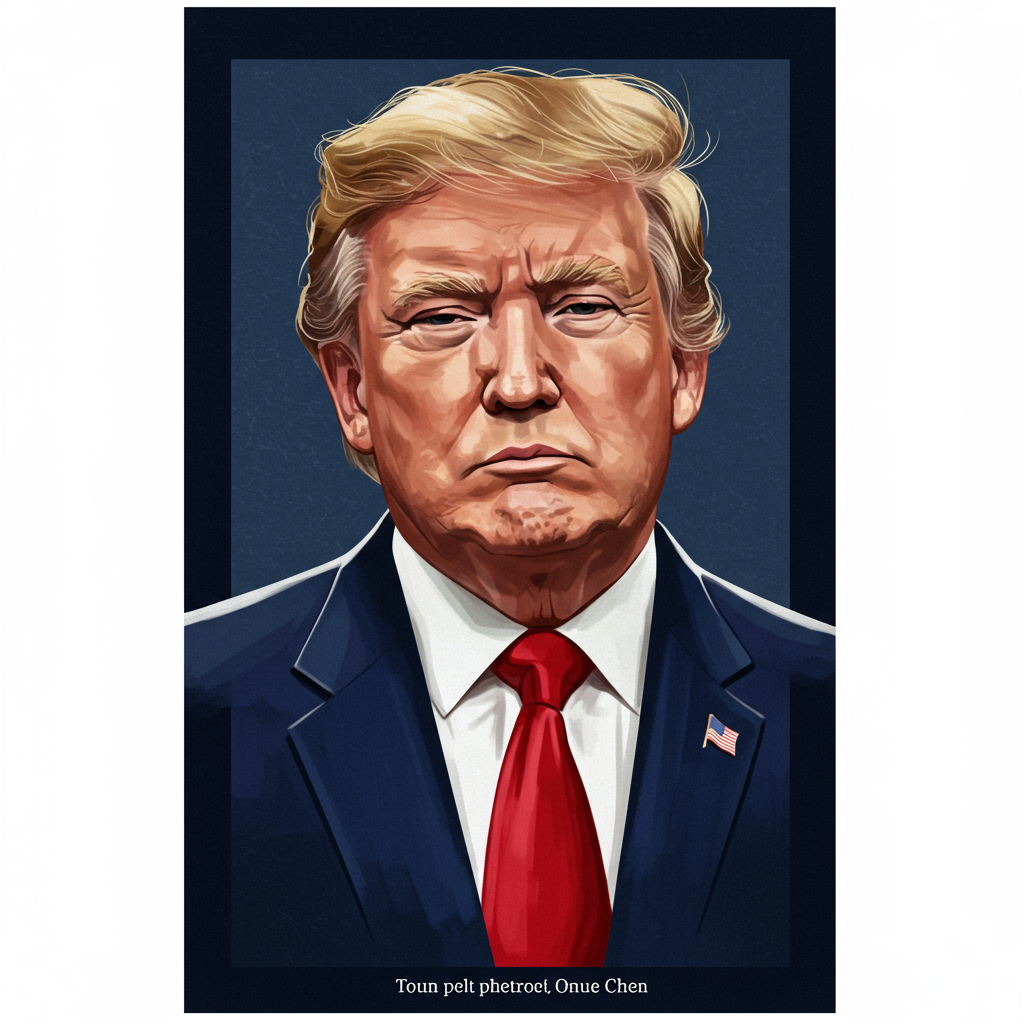Trump Departs G7 Summit in Canada Early as Israel-Iran Conflict Intensifies
U.S. President Donald Trump cut short his attendance at the Group of Seven (G7) summit in Kananaskis, Alberta, Canada, departing a day earlier than planned on Monday evening. The White House cited the escalating conflict in the Middle East, specifically between Israel and Iran, as the reason requiring the president’s immediate return to Washington.
Trump confirmed his early departure to reporters, stating he needed to be back “as soon as I can” for “obvious reasons” and to attend to “important matters” related to the unfolding situation. White House Press Secretary Karoline Leavitt confirmed the move, noting the president would leave after dinner with the other heads of state. Secretary of State Marco Rubio is also reportedly returning with the president, who requested the National Security Council be prepared to brief him upon arrival back in the capital.
Middle East Crisis Dominates G7 Agenda
The intense conflict between Israel and Iran, reportedly in its fourth day of violence marked by reciprocal airstrikes and missile attacks, significantly overshadowed expected discussions at the G7 summit. While trade issues were initially a major focus, the Middle East crisis quickly took center stage, dominating conversations among world leaders including British Prime Minister Keir Starmer, French President Emmanuel Macron, Italian Premier Giorgia Meloni, and German Chancellor Friedrich Merz, who held informal talks on the instability even before Trump’s departure was announced.
French President Emmanuel Macron commented that Trump had put forward an offer for a ceasefire between Israel and Iran, adding that his early departure was viewed positively given the objective of achieving de-escalation. “There is indeed an offer to meet and exchange,” Macron stated, confirming a proposal aimed at securing a ceasefire and initiating broader discussions. However, a U.S. official later indicated that Trump would not sign a draft joint statement at the G7 specifically calling for de-escalation, instead focusing U.S. efforts on preventing Iran from obtaining nuclear weapons.
Trump’s Strong Stance on Iran
Amidst the heightened tensions, President Trump issued stark warnings and demands directed at Tehran. He urged “Everyone should immediately evacuate Tehran!” via social media and reiterated this call, although specific context for the directive was not immediately provided.
Trump asserted that Iran is “not winning this war” and consistently pressed Iranian leaders to return to negotiations, criticizing their failure to do so despite past opportunities. He stressed that they should “talk and they should talk immediately before it’s too late.” The president also reiterated his demand that Iran agree to dismantle its nuclear program, stating his objective is to see “no nuclear weapon in Iran.”
He confirmed being in “constant touch” with Israeli Prime Minister Benjamin Netanyahu regarding the situation. While the U.S. has clarified it is not joining Israel’s offensive, U.S. officials were informed of Israel’s operations in advance and provided assistance in intercepting Iranian missiles. Notably, reports suggest Trump previously rejected a plan raised by Netanyahu to kill Iranian Supreme Leader Ayatollah Ali Khamenei, fearing it would escalate the conflict – a view Netanyahu reportedly contradicted, believing such an action would end the conflict and blame Iran for bringing the region to the “brink of nuclear war.” The Trump administration has also warned Iran against striking U.S. military bases in the region.
Summit Outcomes Despite Early Exit
Despite cutting his visit short, the White House maintained that “much was accomplished” during President Trump’s brief time at the summit. A key achievement highlighted was the finalization of a trade deal with UK Prime Minister Keir Starmer, announced the previous month. Starmer hailed it as a “very important day” and a “real sign of strength” for both nations.
Details of the US-UK tariff agreement include:
Complete removal of U.S. tariffs on the UK aerospace sector.
Reduction of U.S. tariffs on British car imports (to 10% up to a quota).
Reduction of U.S. tariffs on UK-made car parts (to 10% with no quota).
Commitments to strengthening aerospace supply chains through tariff-free trade.
- The possibility of a quota at most-favored-nation rates for UK steel and aluminum imports, contingent on specific requirements.
- www.cbsnews.com
- www.bbc.com
- timesofindia.indiatimes.com
- www.nbcnews.com
- www.npr.org
President Trump also agreed with Canadian Prime Minister Mark Carney to pursue negotiations toward a bilateral economic and security deal within the next 30 days, though acknowledged differing concepts on trade, particularly regarding tariffs, which Canada strongly opposes.
Trump’s early departure meant he missed several scheduled bilateral meetings, including those with Australian Prime Minister Anthony Albanese and Ukrainian President Volodymyr Zelensky, both of whom had specific agenda items they hoped to discuss, such as tariffs and sanctions on Russia, respectively.
The G7 leaders were attempting to draft a joint statement concerning the Middle East conflict, but the final decision on its issuance rested “up to the American side,” according to a German government spokesman. The summit continued its planned schedule despite Trump’s absence, though observers noted the lack of unity over conflicts and tariffs complicated the potential for a comprehensive final communique, echoing the challenges of the 2018 summit in Quebec.
Canadian Prime Minister Mark Carney characterized the current global environment as a “turning point in history,” describing the world as “more divided and dangerous,” a sentiment underscored by the crisis that prompted the U.S. President’s swift return home. This early departure due to a foreign policy crisis drew parallels to Trump’s exit from the 2018 G7 to meet with North Korea’s leader Kim Jong Un concerning North Korea’s nuclear program.



